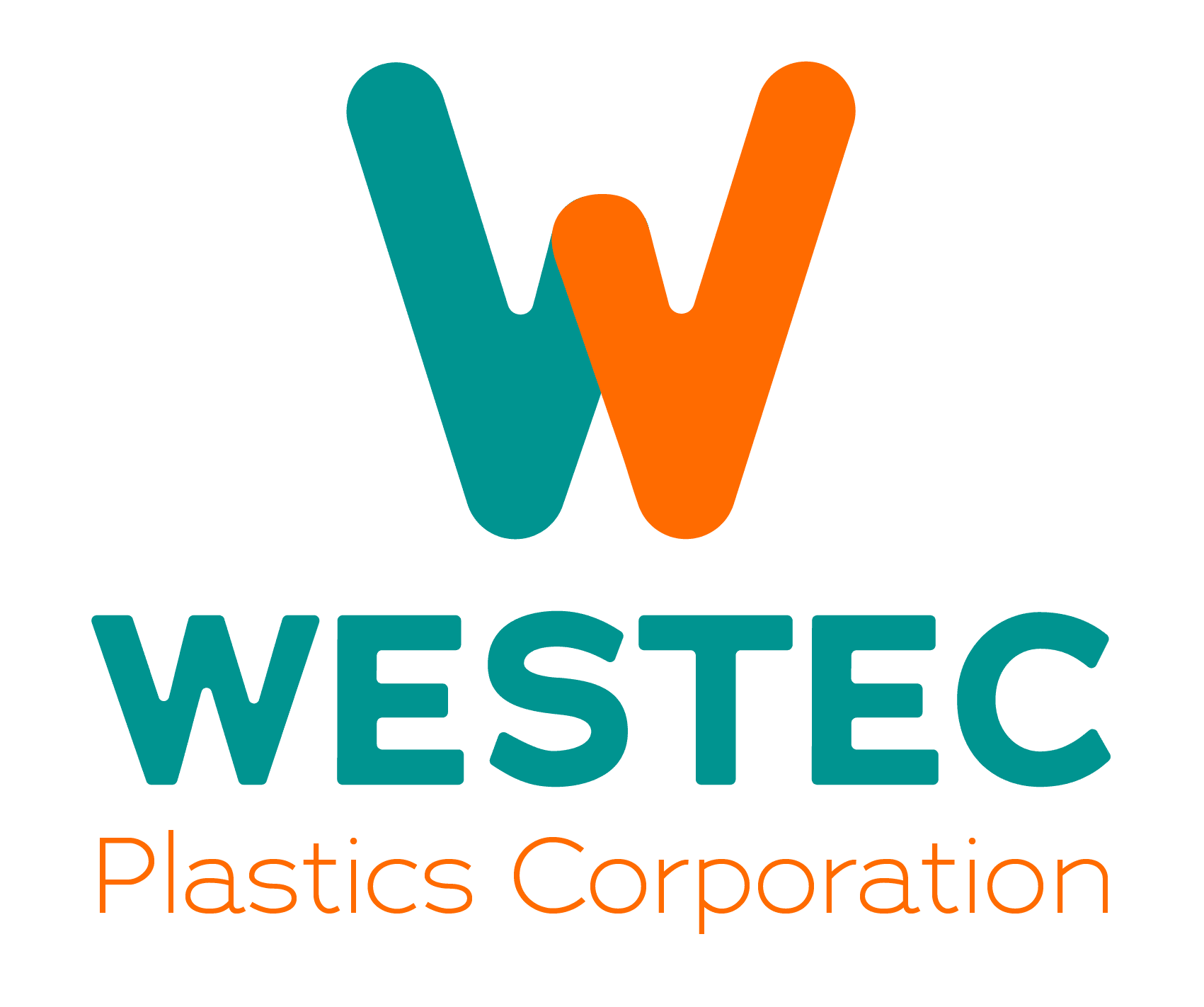The Section 179 tax deduction is getting a big boost in 2025, increasing the expensing cap from $1.25 million to $2.5 million. For U.S. manufacturers, that’s an unprecedented opportunity to reduce upfront costs when investing in critical capital equipment, from injection molding presses to tooling, automation, and other production assets.
For engineering, sourcing, and operations leaders planning a new product launch or scaling production, understanding these updates is key. The Section 179 2025 updates can directly improve your ROI by allowing qualifying expenditures to be fully deducted in the first year, freeing up cash flow for innovation and expansion.
What Is Section 179 and How Does It Apply to Tooling and Equipment?
Section 179 is a U.S. tax provision that allows businesses to deduct the full cost of qualifying equipment purchases in the year they’re placed into service, rather than depreciating the expense over several years. Originally designed to encourage investment in business growth, Section 179 has become an essential planning tool for manufacturers looking to modernize or expand production capabilities.
For injection molding operations, qualifying purchases can include new molds, presses, automation systems, and even inspection or quality assurance equipment. With the 2025 updates, the expensing limit doubles to $2.5 million, giving manufacturers significantly more flexibility to write off major capital investments immediately. Timing your purchases to align with these limits can help reduce tax liabilities and improve cash flow, particularly when ramping up production for new or high-volume programs.
Why Section 179 Matters for Injection Molding Programs
For manufacturers running injection molding programs, tooling and equipment can represent a significant upfront investment. Section 179 2025 updates make it possible to immediately deduct the cost of new molds, presses, and automation systems, helping to offset these expenses in the first year rather than spreading the deduction over several years.
This can have a direct impact on capital planning. By strategically timing new tooling builds or equipment purchases to coincide with Section 179 eligibility, manufacturers can reduce upfront costs and improve overall ROI. This is especially valuable for long-running programs in medical, biotech, or other high-spec industries, where tooling precision, part consistency, and process reliability are critical. Immediate tax relief can free up budget to invest in quality control, process optimization, or additional capacity, accelerating program performance without compromising standards.
How to Plan Ahead for Section 179 Benefits
Maximizing Section 179 2025 deductions requires proactive planning. Start by coordinating with both your accounting team and your injection molding partner to align purchase and build timelines with the new deduction thresholds. Proper timing ensures your investment qualifies and delivers the intended tax advantage.
Documentation is critical. Keep thorough records of equipment purchases, mold builds, and installation dates to support compliance with IRS requirements. Detailed tracking not only streamlines tax reporting but also helps justify capital expenditures during internal reviews or audits.
When working with a molder like Westec, ask questions about the types of tooling, automation, and inspection systems that qualify for Section 179. Discuss lead times, cost estimates, and delivery schedules to make sure your capital investments are both tax-efficient and aligned with production goals. Planning early can turn a significant upfront cost into a strategic advantage for scaling your program.
Bonus: When Onshoring Tooling Creates Additional Savings
Building molds domestically doesn’t just reduce lead times — it can also amplify the financial benefits of Section 179. Onshoring tooling often qualifies for immediate expensing, helping manufacturers accelerate deductions while avoiding some of the uncertainties of overseas supply chains.
Domestic builds also mean tighter quality control and more predictable performance. With in-house engineering, tool maintenance, and rapid iteration capabilities, U.S.-based molders like Westec help ensure your molds meet exacting specifications while keeping projects on schedule. This combination of financial and operational advantages makes onshoring a strategic choice for manufacturers looking to optimize both cost and quality.
Don’t Miss the Opportunity to Maximize Your Investment
The 2025 updates to Section 179 give manufacturers a rare opportunity to invest in tooling, automation, and other capital equipment while enjoying immediate tax relief. For injection molding programs, this means you can upgrade molds, add automation, or expand inspection capabilities without tying up cash flow — all while positioning your products and processes for faster, more reliable scale-up.
Partnering with a domestic molder like Westec adds another layer of advantage: precision, in-house tooling support, and engineering expertise help ensure your investments translate into high-quality, compliant parts, on time and on budget.
Ready to invest in smarter tooling in 2025? Talk to Westec about how we can help you align your injection molding program with Section 179 tax benefits.




